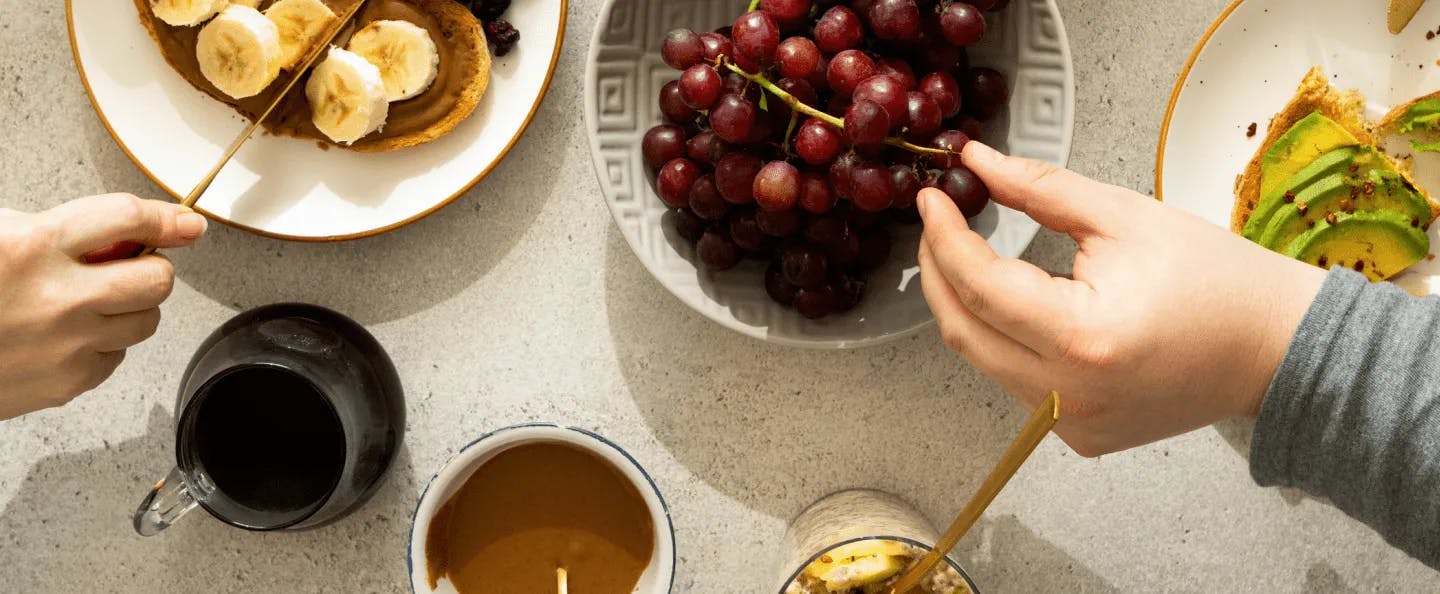Attachment Styles in Relationships & Dating

Matchmakers have a palette of tools and resources that we use to garner insight and perspective before we curate connections. Some matchmakers and clients alike both enjoy and find particular value in ideas like astrology, while others may go a more empirical route, delving into things like personality test results and statistical probability of compatibility based on lifestyle, cultural background, and socio-economic status.
Your dating history and sense of humor, for example, are also great barometers for finding the right person. Some people are particularly enthusiastic or averse to PDA, which might make a match more or less viable and also speak to attachment styles in relationships. These are keenly valuable, and the main subject of our discussion here.
One fact we have to navigate is that matchmaking is an imperfect science, and even the best of experts in the industry cannot always escape filtering information through their own lived experiences and biases, so the more tools and potential for collaboration, the better. I keep a very open mind to all of it, trusting my own intuition, but also drawing on the notes of my colleagues to offer different perspectives, especially when discussing potential matches with individuals they’ve already met through our work.
Of all the tools in our belts, though, Attachment Theory is among the most effective in pairing people and forecasting relationship success.
Attachment Styles
Attachment theory emerged in the 1950s and 1960s through the work of British psychologist John Bowlby, and it’s a theory that explains how our early relationships with caregivers shape the way we orient ourselves in our adult relationships, whether it’s in our friendships, in casual dating, or when we’re ready to settle down. This gets pretty nuanced and technical, and it’s important to qualify all of this and say that we might each have varying attachment styles depending on the context, season of our lives, and the individual relationship. Identifying patterns in how we feel and behave in our romantic relationships can be very helpful, though, so let’s identify the main four types of attachment styles:
- Secure
- Anxious
- Avoidant
- Fearful-avoidant
Secure Attachment
People with a secure attachment style feel comfortable and secure in their relationships, and they tend not to struggle trusting their partners or feeling confident that their partners will be there for them. They’re also more likely to be able to express their needs and emotions in a healthy way.
If you have a secure attachment style, you might have had a positive and nurturing upbringing to thank for it. In early years, you likely experienced consistent love, care, and attention from your primary caregivers, which helped you develop a strong sense of trust and emotional security. You’ll likely have had caregivers who were responsive to your needs, providing comfort and support when you were upset or distressed.
Anxious Attachment
People with anxious attachment style crave closeness and intimacy in relationships, and may worry about being abandoned or rejected by partners. They may also be overly dependent on their partners, or at least require a lot of reassurance.
If you have an anxious attachment style, it could be that in your early years your caregivers were loving and attentive one moment, but distant or preoccupied the next. This rollercoaster of attention might have left you feeling unsure and anxious about love and support.
You might have experienced moments of feeling emotionally neglected, like your needs weren’t always met by those who were supposed to take care of you. This could have fueled a deep craving for emotional closeness and validation. In many people with anxious attachment style, seeking reassurance and attention from others is a way of dealing with fear of being abandoned or rejected.
If this sounds like you, consider the important fact that this, like most things (as well as the following two attachment styles), lives somewhere on a spectrum. This isn’t a disease, it’s just insight, and you’re not doomed to stay there forever. Understanding that is a valuable first step in overcoming insecurity and relationship trauma.
Avoidant Attachment
People with an avoidant attachment style tend to push away from intimacy and closeness in relationships, often feeling uncomfortable with emotional vulnerability and expressing their feelings. They may also be independent and self-sufficient to a fault.
If you learn more towards the avoidant side, your upbringing probably involved a lot of self-reliance and independence. In your early years, you might have had caregivers who were less emotionally available or distant, forcing you to learn to fend for yourself.
Avoidantly attached individuals tend to downplay the importance of emotional intimacy and may have developed a belief that relying on others can lead to disappointment or vulnerability. You may have learned to suppress your emotions and become guarded, finding it challenging to open up to others and express your needs for closeness.
If this is you, you might prioritize autonomy and distance in relationships, valuing your freedom and personal space. While you might crave intimacy like anyone else, you might also struggle to fully embrace it, fearing that it could compromise your sense of independence. This too shall pass, if you put the work in. Reflecting on these patterns, communicating your needs and boundaries, and taking small steps can have a huge impact in letting you express yourself and ultimately finding fulfilling relationships.
Fearful-avoidant Attachment
People with a fearful-avoidant attachment style are a mix of anxious and avoidant. They may crave intimacy but also fear being hurt or rejected, and they might be hesitant to get close to people, even pushing them away when they want them close.
If you identify with a fearful-avoidant attachment style, your early years might have been a rollercoaster ride. Your caregivers could have provided a mix of comfort and fear – sometimes supportive and loving, but other times unpredictable or even hurtful.
Growing up in this environment might have left you with mixed feelings about intimacy and relationships. Like the anxiously attached, you crave emotional connection and closeness, but you’re also afraid of getting hurt again due to past experiences of betrayal or pain. It’s like a tug-of-war inside you: wanting love, but fearing it at the same time.
Just understanding this alone is half of your battle. If this attachment style resonates with you even a little, know that it’s common. Mindfulness, communication with your love interests, and patience with yourself will go a long way.
Putting the Work In
Tawkify believes in establishing connections with the whole person in mind, and we offer private and confidential coaching for those unsure how to get a leg up on their dating life, or struggling to identify the patterns that may be in their way. We have a team of intuitive, experienced, and results-focused experts to help you on your dating journey.
There are also other options. One huge benefit of our pandemic years is that discussions of mental health are less stigmatized now than ever, though, and one of the best ways to get support in addressing concerns over your attachment and orientation toward relationships might be working with a mental healthcare professional.
A final, very valuable way to help navigate your attachment style is by acknowledging how it might pair and contrast with the person you’re dating. Attachment styles in relationships offer you a keyhole into mutual respect and support of one another.
Attachment Styles in Relationships
- If you have a secure attachment style, it helps to be patient with someone who has an anxious or avoidant attachment style. Let them know that you are there for them and that you care about them, and check in actively to see how you can best show up for each other.
- If you have an anxious attachment style, ask yourself where you might have room to be more independent and self-sufficient. Relying on your partner for all of your emotional needs puts all of your eggs in one basket, and might really tax the other person.
- If you have an avoidant attachment style, try to lean toward being open and honest with your partner about your feelings. Pushing them away when they get close could ruin something with a lot of potential
- If you have a fearful-avoidant attachment style, it’s crucial to recognize that you deserve love and happiness too. Be gentle with yourself and take the time to understand your fears and hesitations. Consider seeking support from a therapist or counselor who can help you navigate your emotions and work towards building healthier relationships.
Attachment theory isn’t new, and it’s not going anywhere. This brief overview is non-exhaustive (people have been writing books and papers on it for 70 years), but it’s good information to get you started. It’s important to remember that attachment styles aren’t set in stone, and that they can be changed with time and effort. If you’re willing to work on yours, or even just begin to observe it, you may experience significant improvements in your relationships and find your person.
We’re with you along the way.

